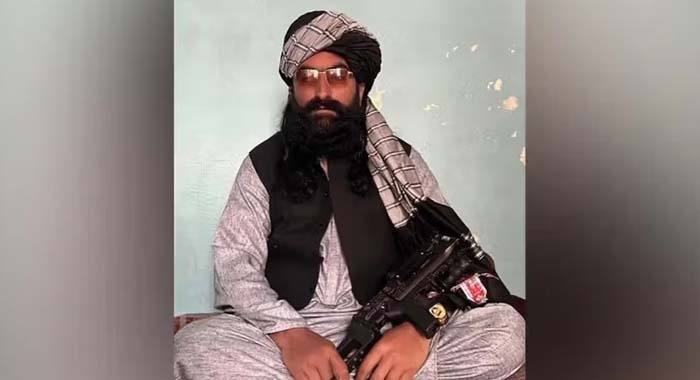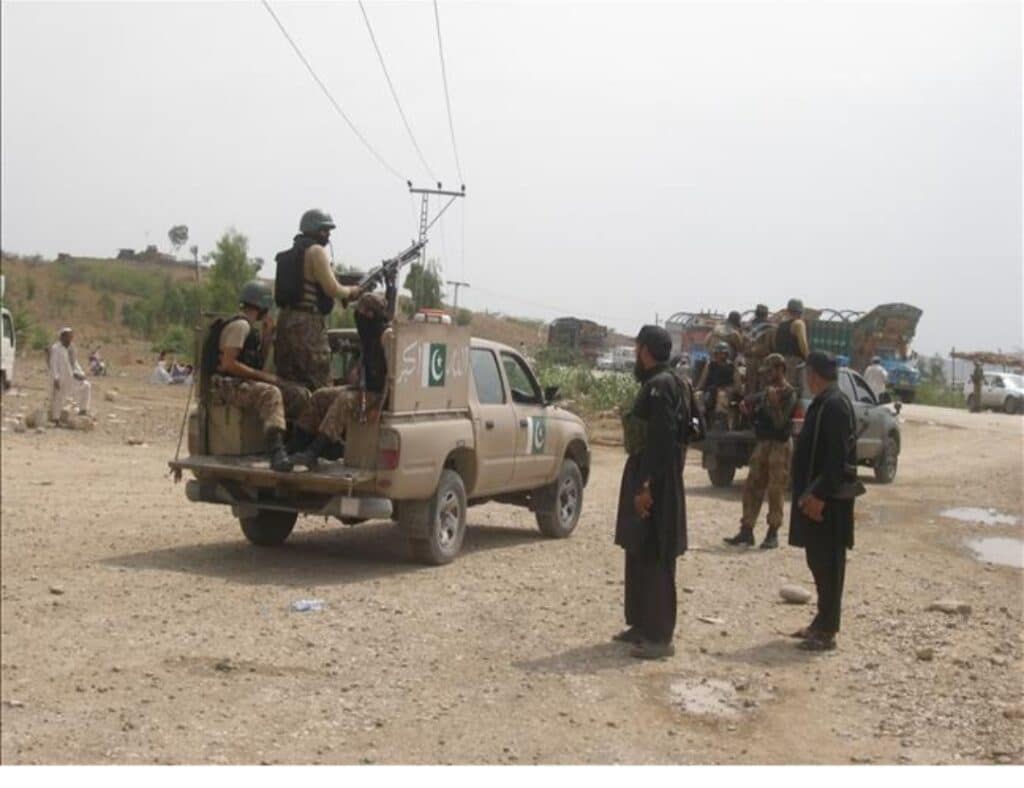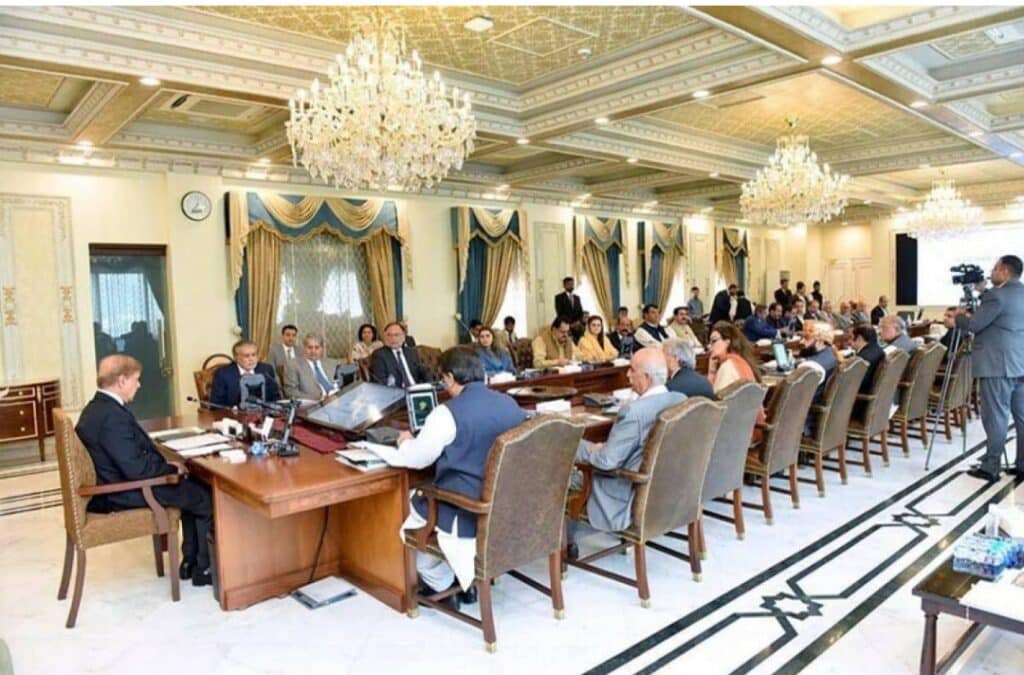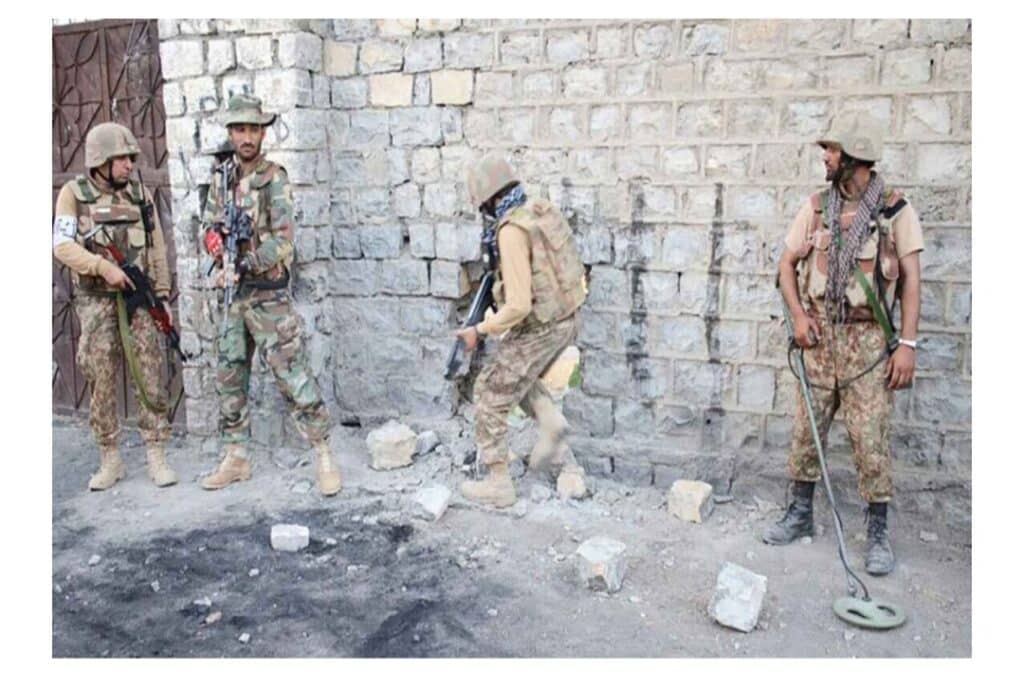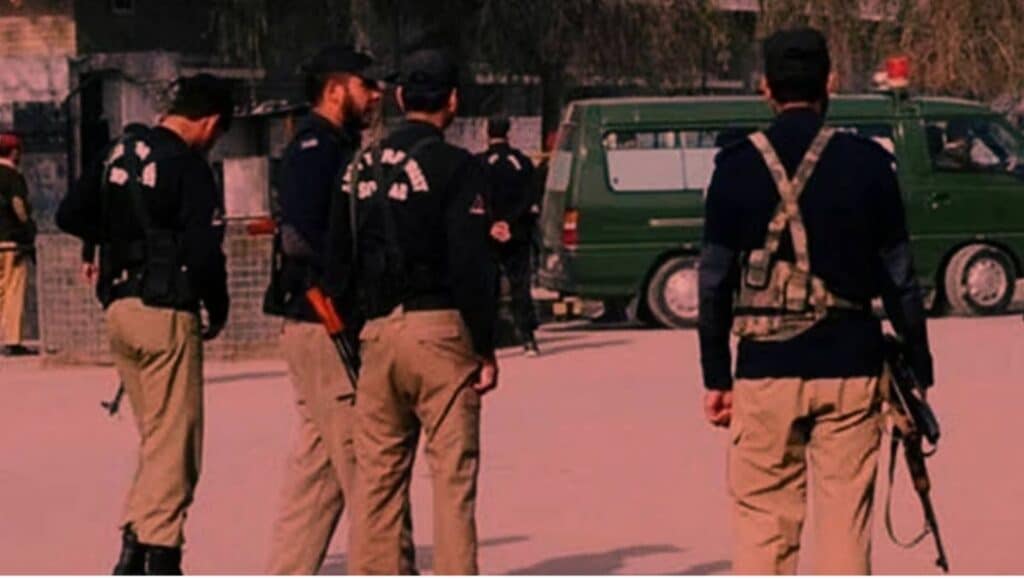Afghanistan International has reported that Noor Wali Mehsud, the leader of the banned Tehreek-e-Taliban Pakistan (TTP), visited a Kabul hospital just days before Pakistan carried out an airstrike on the Afghan capital.
According to the outlet, Mehsud went to the Hewad Shifa Hospital in the Qala Cha area along the Kabul–Logar highway to meet wounded members of his group. The report also alleged that the hospital had previously entered into a contract to treat injured TTP militants—an arrangement later terminated following the strike.
The hospital administration denied the claim, saying no such agreement existed. “We have no formal contract with any group; all patients come on an individual basis,” a spokesperson told the channel.
The report further stated that the vehicle carrying Mehsud was hit in Pakistan’s airstrike but that he “survived.” However, the outlet provided no additional evidence or details about his condition or whereabouts after the attack.
Following the incident, a video message surfaced online showing Mehsud claiming to be in Khyber district of Pakistan. Afghanistan International presented the footage as proof of his survival. Yet Pakistani officials and independent analysts later confirmed that the video was AI-generated, exposing it as a fabricated attempt to mislead audiences and deflect speculation about his fate.
The same outlet also addressed reports regarding Hafiz Gul Bahadur, a senior commander of the banned Fitna al-Khawarij (TTP), who was rumored to have been killed in the same series of strikes in Kabul and Paktika provinces. It said Bahadur was alive and mainly residing in Paktika’s Barmal district, adding that he had also been seen in Kabul’s Shakardara district in 2022.
Both Mehsud and Bahadur, originally from Waziristan, have long played central roles in sustaining TTP operations and affiliated networks. The report acknowledged their close association with the Haqqani Network, which allegedly provides them shelter and logistical support inside Afghanistan.
Contradictions and the Question of Credibility
While Afghanistan International’s report attempts to present a factual account, its inconsistencies, omissions, and reliance on an AI-generated video reveal deeper truths about the Taliban’s tightening grip on media and the internal power struggles shaping Afghanistan’s information landscape.
The report’s own admissions—that Mehsud was present in Kabul, that TTP members receive medical care there, and that commanders like Hafiz Gul Bahadur move freely inside Afghanistan—contradict the Taliban regime’s long-standing denials of militant safe havens. In effect, it validates what Pakistan and other regional powers have repeatedly asserted: that banned groups such as Fitna al-Khawarij (TTP) and its affiliates continue to operate under Taliban protection.
More troubling is the narrative gap. The outlet claimed Mehsud’s vehicle was struck and that he survived, yet offered no visual proof or credible follow-up. The subsequent release of a fake AI-generated video, promoted by the same outlet, further undermines its credibility and highlights how controlled media under the Taliban manipulate information to serve factional or political ends.
This manipulation must also be seen in the broader context of Afghanistan’s media environment. Independent journalism has been systematically stifled since the Taliban’s return to power. The recent closure of Shamshad TV, one of the country’s most popular private broadcasters, exemplifies how quickly dissenting or independent voices are silenced. Under such conditions, narratives emerging from Taliban-approved platforms often reflect internal rivalries rather than verified reporting.
Analysts familiar with the Taliban’s power structure suggest that this story may have been shaped by the Kandahari faction, seeking to weaken or embarrass the Haqqani Network—accused of shielding Pakistani militants. By allowing reports that indirectly confirm Pakistan’s allegations, Kandahari elements can deflect international pressure while questioning the Haqqanis’ loyalties.
For Islamabad, the contradictions in this report, coupled with the exposure of the AI-generated video, strengthen its case that militant networks continue to enjoy safe havens across the border. Pakistan’s recent airstrikes in Kabul and Paktika—described as preemptive counterterrorism operations—were likely informed by intelligence on these very movements.
In the end, the Afghan report raises more questions than it answers—about the veracity of its claims, the authenticity of its sources, and the real dynamics within the Taliban regime. What is clear, however, is that in Taliban-controlled Afghanistan, truth has become a casualty of factional propaganda, and every “survival” story conceals a deeper political motive.

